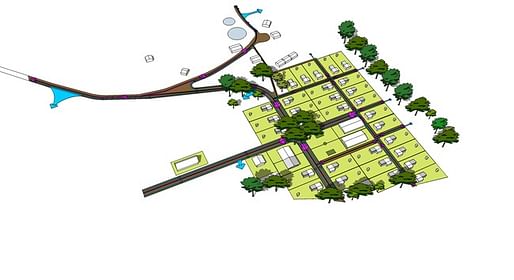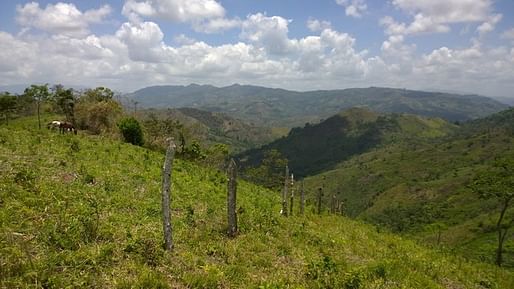
For his master's architecture thesis, Geoff Piper proposed reorganizing a Kenyan village with an estimated 70% HIV infection rate so that instead of being isolated in their post-colonial individual land plots, people would regularly cross paths. "There was a funeral every few days," Piper explains, "because for people living in these separate plots, it wasn't easy to grasp the extent of the [HIV] problem." By reorganizing the village to create more frequent public meetings, Piper hoped to raise awareness and stop the spread of the disease. A little over a decade later, Piper is now one of the six principal members of The Global Studio, a collaborative design-build organization that teams with non-profits to master plan settlements around the world. The Global Studio's expertise isn't just technical: it's the rare and difficult art of working successfully with people, whether it's the particular culture of non-profits, tenant farmers, or savvy village teens.

"We're willing and try very hard to learn how people actually behave, and how we can create the best possible solutions for them," Geoff explained to me via phone. When The Global Studio undertakes a study among stakeholders for a new master plan, the team stays clear of direct surveys (which often result in answers the locals think the planners want to hear), preferring more creative interactions that engender honesty. This technique, in conjunction with the organization's technical skills, has resulted in the creation of numerous villages and settlements, including the Tierra Nueva Master Plan in Nicaragua for 130 tenant farmers, and a community resource center in Kenya known as The Slums Information Development & Resource Centre (SIDAREC).

Piper notes that master plans can't be implemented without an excellent non-profit partner. Since 2006, The Global Studio has partnered with Agros International, an organization which is primarily focused on funding projects based in Central America. However, Piper said he would welcome the opportunity to partner with other non-profits focused on other global regions. As he explained, "the idea is for those living there to take ownership" of the resulting master planned settlements, a process that involves not only creating technically workable villages, but humanely livable ones.

No Comments
Block this user
Are you sure you want to block this user and hide all related comments throughout the site?
Archinect
This is your first comment on Archinect. Your comment will be visible once approved.